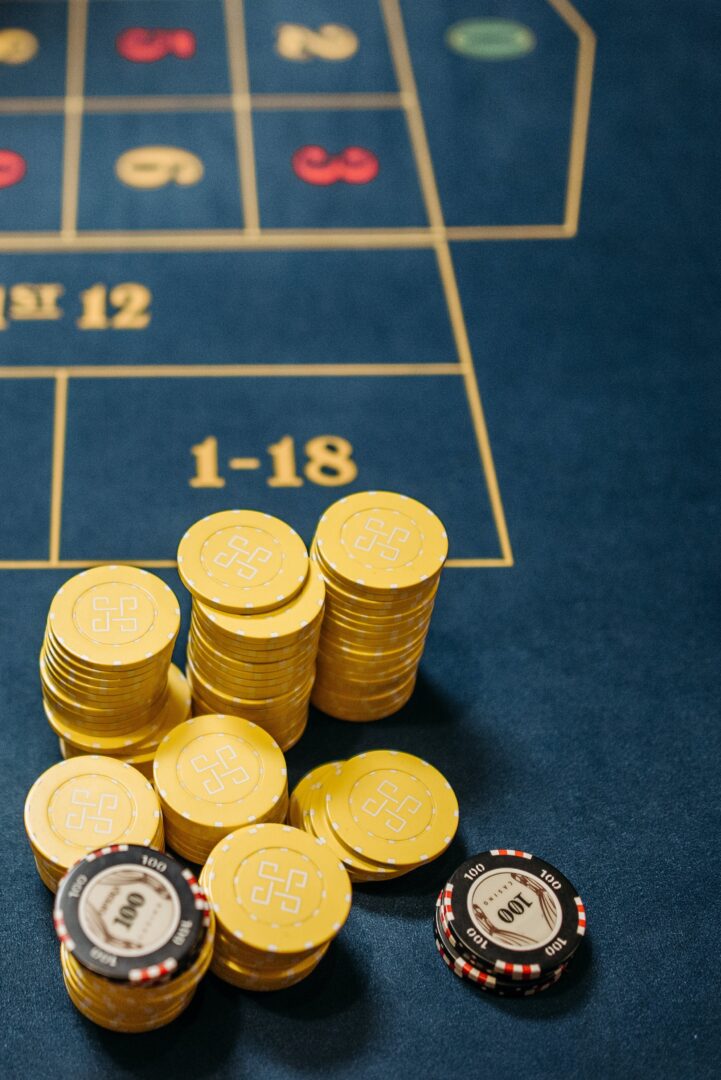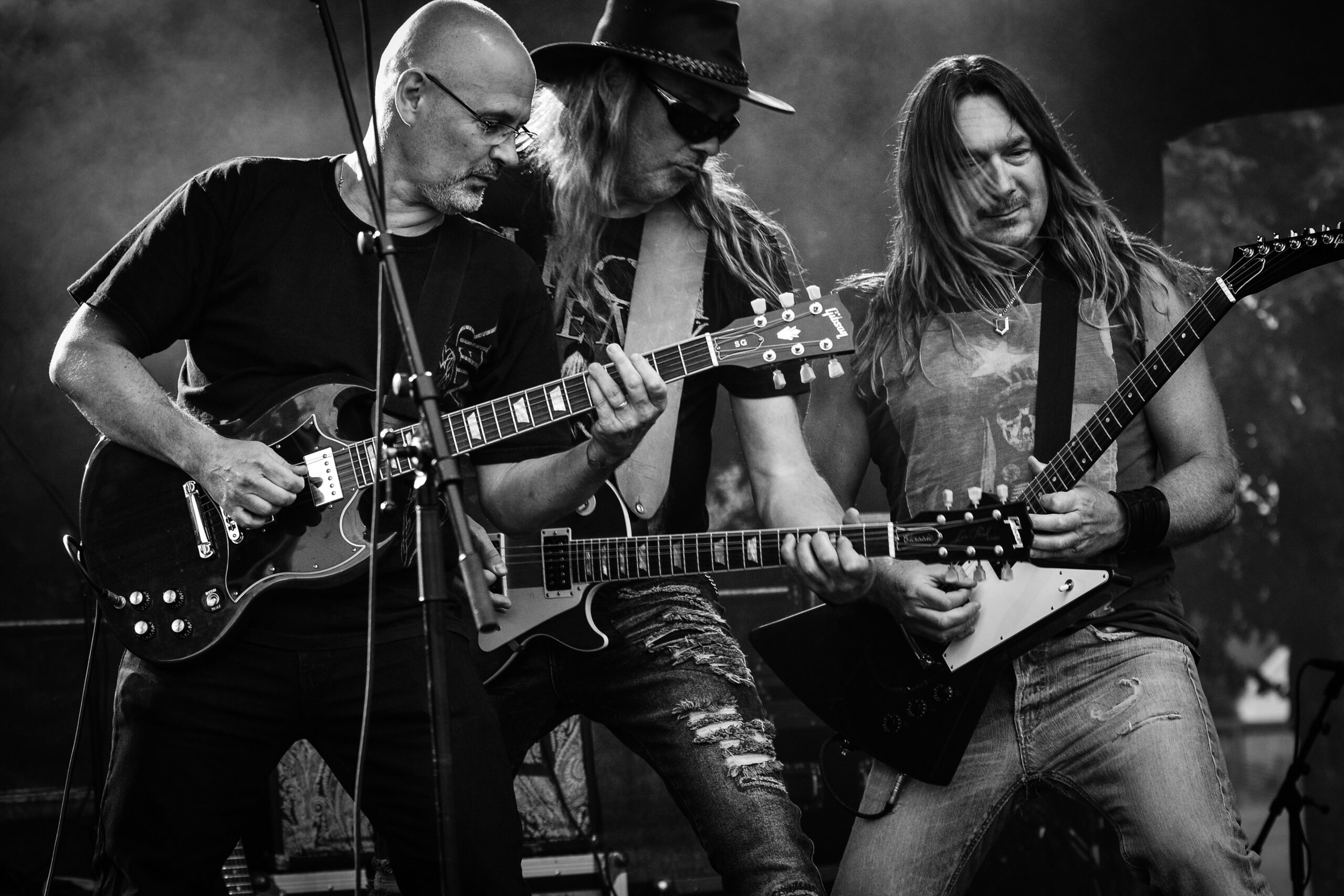The world of advertising is as old as commerce itself. The right advertising campaign can transform the way consumers perceive a brand or even elevate an unknown entity into a household name. This transformative power extends beyond products or services and often lends itself to launching musicians into fame. This paper discusses several famous advertising campaigns where musicians became popular, highlighting the influence and power of marketing in shaping our cultural landscape. We will also touch on how brands, even ones unrelated to music, such as online casino review page LegjobbKaszinó, can play a role in boosting an artist’s fame.

The Power of Advertising and Its Role in the Music Industry:
For decades, the music industry has recognized the potential of advertising to launch an artist’s career. The harmonious blend of visuals and music in an ad campaign makes the content engaging and memorable, allowing an otherwise unknown artist’s music to leave a lasting impact on a wide audience.
One iconic example is that of the British singer-songwriter, Nick Drake. Despite being a critical darling, Drake’s music did not initially find commercial success. It wasn’t until 1999, almost 25 years after his death, that his song “Pink Moon” was featured in a Volkswagen commercial that he gained significant posthumous recognition. The 60-second commercial featuring a group of young people driving under a starry sky perfectly captured the haunting beauty of Drake’s song, leading to a dramatic surge in the sales of his albums.
Another notable case was Feist’s indie pop song “1234” featured in Apple’s iPod Nano commercial in 2007. The catchy tune coupled with the colorful and dynamic visuals made the commercial—and the song—unforgettable. Shortly after the commercial aired, “1234” charted on the Billboard Hot 100, and Feist’s album sales spiked, turning the indie artist into a mainstream success almost overnight.
Non-Musical Brands and Their Influence on Music:
While the brands mentioned above have a close relationship with music, it’s noteworthy to observe how non-music-related brands also contribute to a musician’s popularity. These brands use the universal language of music to bridge the gap between their products and their target audience.
Take, for example, the brand of the online casino review page LegjobbKaszinó. They’ve used this strategy by incorporating popular and catchy tunes into their advertising campaigns. They’ve leveraged the power of music to enhance their brand image and offer a comprehensive entertainment experience, including offering an enticing online casino no deposit bonus. By doing so, they indirectly contribute to the popularity of the musicians whose songs they feature, exposing them to an audience they might not have reached otherwise.
To illustrate, consider how Calvin Harris’s career took off after his track “Vegas” was featured in an online casino’s ad. The catchy tune caught the attention of millions of online gamers, catapulting Harris from a relatively unknown artist to an international sensation.
The power of an effective advertising campaign in catapulting a musician to fame cannot be overstated. From Volkswagen and Apple to online casinos, brands from diverse sectors have contributed to this trend. As we move forward, we can expect this pattern to continue, and perhaps become even more prevalent, with the rapid digitization and the increasing prominence of online platforms in advertising. As long as there are catchy tunes and powerful visuals, there will always be a potential for symbiosis between musicians and brands that can redefine careers and shape our cultural landscape.
Expanding Role of Digital Platforms:
Over the past few years, the rise of digital platforms has only accelerated the intersection between music and advertising. Today, social media platforms, streaming services, and even video games are an integral part of the marketing mix for many brands, offering a new avenue for musicians to gain exposure.
An excellent case in point is the collaboration between Marshmello, an electronic music producer and DJ, and the popular video game Fortnite. In 2019, Marshmello held a live concert inside Fortnite, which was attended by over 10 million virtual participants. The event was not only a landmark moment for Fortnite but also a massive boost for Marshmello’s popularity. Even though Marshmello was already a well-known name in electronic music, the concert helped him reach a broader, younger audience, solidifying his status as a global music star.
The digital revolution has also changed the landscape for brands, giving them innovative ways to reach audiences and promote their offerings. Brands like LegjobbKaszinó are no exception. Online casinos are increasingly leveraging the power of digital platforms, such as social media, to create engaging campaigns. LegjobbKaszinó, for example, has used influencer marketing to appeal to its target audience. By partnering with popular music influencers who perform their songs live while enjoying the casino games, they have managed to provide a rich, immersive entertainment experience for their users. This not only boosts the brand’s visibility but also brings attention to the featured musicians, further expanding their fan base.
The Evolution of Music in Advertising:
Music’s role in advertising has indeed come a long way. In the past, it was common for brands to use ‘jingles’—short, catchy tunes specifically composed for their commercials. Today, however, brands often opt to use existing popular music or, in some cases, launch new songs from budding musicians. This shift has opened up a world of opportunities for musicians, allowing them to gain exposure through platforms and audiences they wouldn’t typically have access to.
In this context, the case of The Ting Tings stands out. The English indie pop duo gained significant recognition after Apple used their song “Shut Up and Let Me Go” in an iPod advertisement in 2008. Despite having a dedicated fanbase in the indie scene, The Ting Tings were relatively unknown in the mainstream music world. The iPod commercial changed this, introducing their unique sound to millions of consumers and marking the beginning of their rise to fame.
In addition, brands now often collaborate directly with artists to create custom songs for their campaigns. For example, hip-hop artist Cardi B teamed up with Pepsi for a Super Bowl commercial, creating a song specifically for the ad. The collaboration was a win-win, generating buzz for both Pepsi and Cardi B.
From boosting sales of vinyl records to catapulting digital streams into the millions, advertising campaigns have proved time and again their potential to turn musicians into global superstars. Brands, regardless of their industry, are recognising the power of music in creating memorable ad campaigns and, in the process, they are giving talented musicians the exposure they deserve. As the media landscape continues to evolve, the symbiotic relationship between advertising and music is set to deepen, creating more opportunities for musicians to be heard and brands to be seen. As consumers, we can expect to continue discovering new artists in the most unexpected places, from our favorite TV commercials to the digital games we play.

Comments are closed